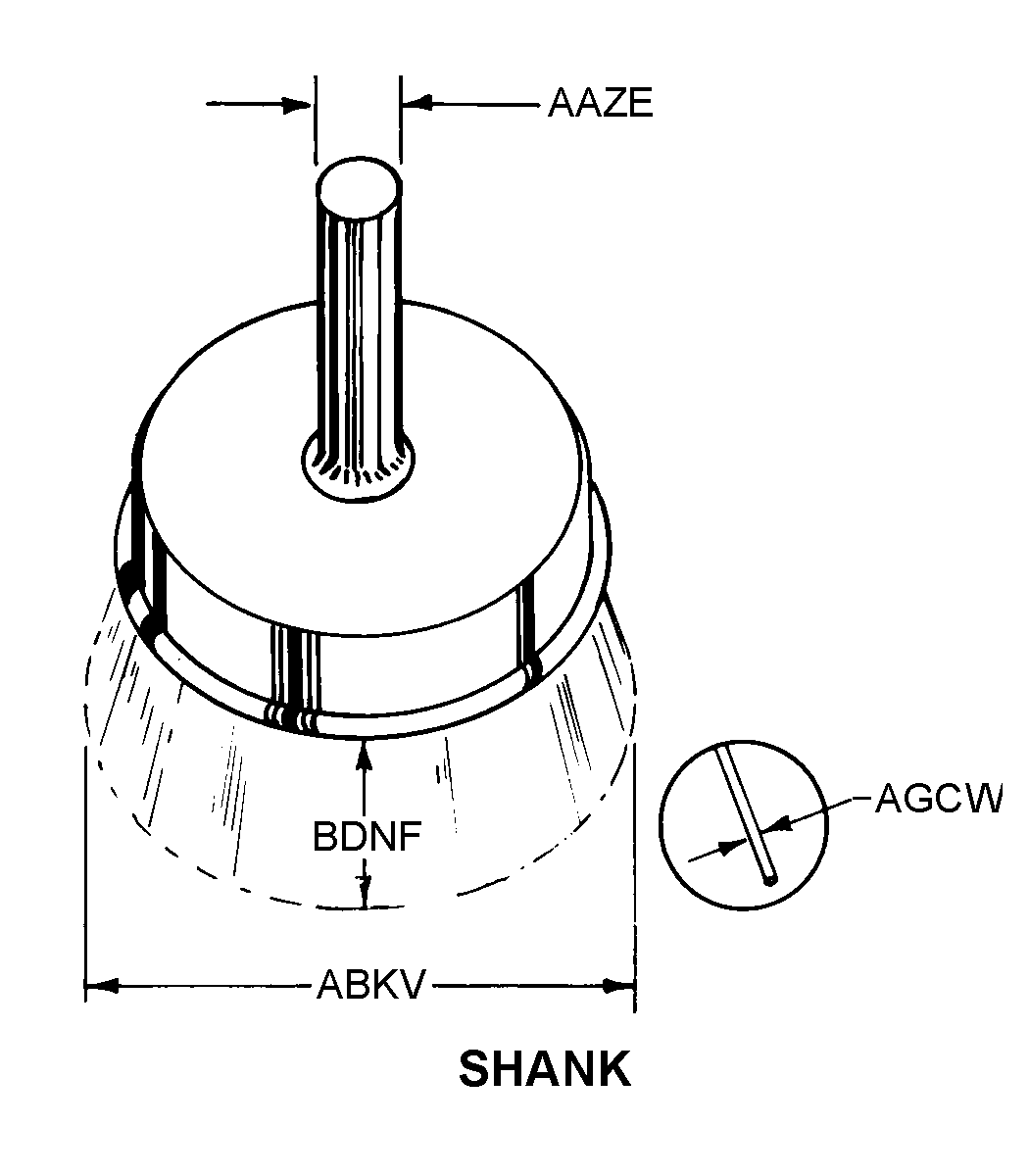5130015044103
Price Quote Get an up to date pricing and availability quote for this product. Order online or over the phone.
Quality Commitment
Serving our customers with quality and safety first.
- AS9120 Certified
- Audited supply chain
- ITAR Registered
- DDTC Registered
- HAZMAT Certified
- Customer service objectives
- Every product 100% inspected

5130-01-504-4103 Specification Set by the OEM (see RNCC code 3)
0.125in.
0.500in.
15000.0
brass
crimped
cup shaped brush, brass wire bristles; ideal for surface finishing and cleaning items made from gold, bronze, brass or copper; used to create soft, satin or matte finish, very effective on flat surfaces; requires eye protection, used on dremel rotary tool
shank
Cross Reference Parts Part numbers that meet the specification outlined on this page and set by the OEM
Identification Item Identification Guide (IIG) and Item Name Code (INC)

Definition Definition of approved item name (AIN): "BRUSH,WIRE,ROTARY CUP"
A brush in the shape of a cup, having an arbor hole at its center for securing to a shaft or mandrel, or may have an integral shank. The fill material extends parallel or nearly parallel to the axis of the metal hub. It is used in a rotary power-operated device for polishing, cleaning and the like. See also brush, wire rotary end and brush, wire, rotary wheel. Excludes floor polishing machine brushes.
5130-01-504-4103 Material Hazmat, Precious Metals, Criticality, Enviroment, and ESD
Indicates there is no data in the hmirs and the nsn is in a fsc not generally suspected of containing hazardous materials.
Item does not contain precious metal.
No known electrostatic discharge (esd) or electromagnetic interference (emi) sensitivity.
Represents items with no adp components
The item does not have a nuclear hardened feature or any other critical feature such as tolerance, fit restriction or application.
Identification Codes
HMIC: Hazardous Material Indicator Code. A one position code that identifies a hazardous item.
PMIC: Precious Metal Indicator Code. A one position code which identifies items that have precious metals as part of their content. precious metals are those metals generally considered to be uncommon, highly valuable, and relatively superior in certain properties such as resistance to corrosion and electrical conductivity.
ESD: Electrostatic Discharge. Indicates if an item is susceptible to electrostatic discharge or electromagnetic interference damage. electrostatic discharge damage occurs when an accumulation of static electricity generated by the relative motion or separation of materials is released to another item by direct contact. electromagnetic interference damage occurs when an item comes into proximity with an electrostatic or magnetic field.
ENAC: Enviromental Attribute Code. Identifies items with environmentally preferred characteristics.
CRITL: Criticality Indicator Code. Indicates an item is technically critical by tolerance, fit, application, nuclear hardness properties, or other characteristics.






